SOUTHEAST WISCONSIN — Flanked by several leaders of the 13 building trades unions whose members are constructing a massive artificial intelligence data center in a rural area south of Milwaukee, Mitch Landrieu, the co-chair of Vice President Kamala Harris’ presidential campaign and former White House infrastructure czar, had what looked like an easy task before him.
The hundreds of hard hat-clad union members gathered in the dining hall, now eating bagged lunches courtesy of the Harris campaign, held some of the thousands of jobs that sprang indirectly from President Joe Biden’s investments in infrastructure and his commitment to using union labor. Landrieu was there to remind them of that.
The soon-to-be-running data center — whose construction was commissioned by a multinational corporation that did not grant permission for a reporter to be present at the luncheon — sits next to a complex of facilities run by Chinese electronics giant Foxconn, a company whose history in Wisconsin attests to former President Donald Trump’s shortcomings as a champion of manufacturing. Despite major state and local government incentives, the company reduced its planned investment in the site from $10 billion to $672 million, and much of the facilities it has completed remain empty.
Landrieu stopped short of an explicit call to vote for Harris. But he emphasized the White House’s commitment to union labor, recalling how whenever “the word ‘jobs’ was mentioned” in meetings with Harris and Biden, they would insist on not just jobs but “high-paying union jobs.”
After that line, and again at the close of his remarks, Landrieu got at least some applause from the assembled union members.
Kevin Dietsch/Getty Images
But amid the din of chatter following Landrieu’s remarks, one union member got up from his table and chanted in a singsong tone, “Fuck Joe Biden!”
No one joined in. Before walking off, the worker muttered, “I don’t believe any of this bullshit.”
That outburst, however modest, illustrates the frustrating quandary facing many Democrats this election cycle: Despite all that Harris and Biden have done for unions ― tapping pro-union government officials, boosting legislation that grew union jobs ― a national Pew Research poll shows Harris on track to best former President Donald Trump among union members by just seven percentage points. That’s a worryingly low margin for the Democratic nominee among a traditionally Democratic constituency.
Worse still, two of the country’s largest unions, the International Brotherhood of Teamsters and the International Association of Fire Fighters, have declined to endorse in the presidential election, citing their members’ divided views.
Even as Harris hopes to improve on Biden’s margins with moderate Republicans and independents in the college-educated suburbs of Milwaukee, Detroit, and Philadelphia, she has little room to spare when it comes to their non-college-educated counterparts.
Voters without a college degree, whose exodus toward the Republican Party accelerated under Trump, are still more likely to vote for Democrats if they belong to a union. Biden, a native of blue-collar Scranton, Pennsylvania, won in 2020 thanks in part to an improvement in his performance with union members relative to 2016 candidate Hillary Clinton.
If Harris fails to match Biden’s marks with unions, it could easily cost her the presidency.
A defeat for Harris could in turn both jeopardize the gains that the labor movement has accrued in the past four years and plunge the Democratic Party into an identity crisis about its ability to win over working-class voters altogether. Biden’s pivot toward aggressively supporting organized labor, which marked a break with a business-friendly shift in the party that had held sway since Bill Clinton’s nomination, was born out of sincere policy convictions, but also of a theory that Democrats could undermine Trump’s appeal by championing workers’ rights.
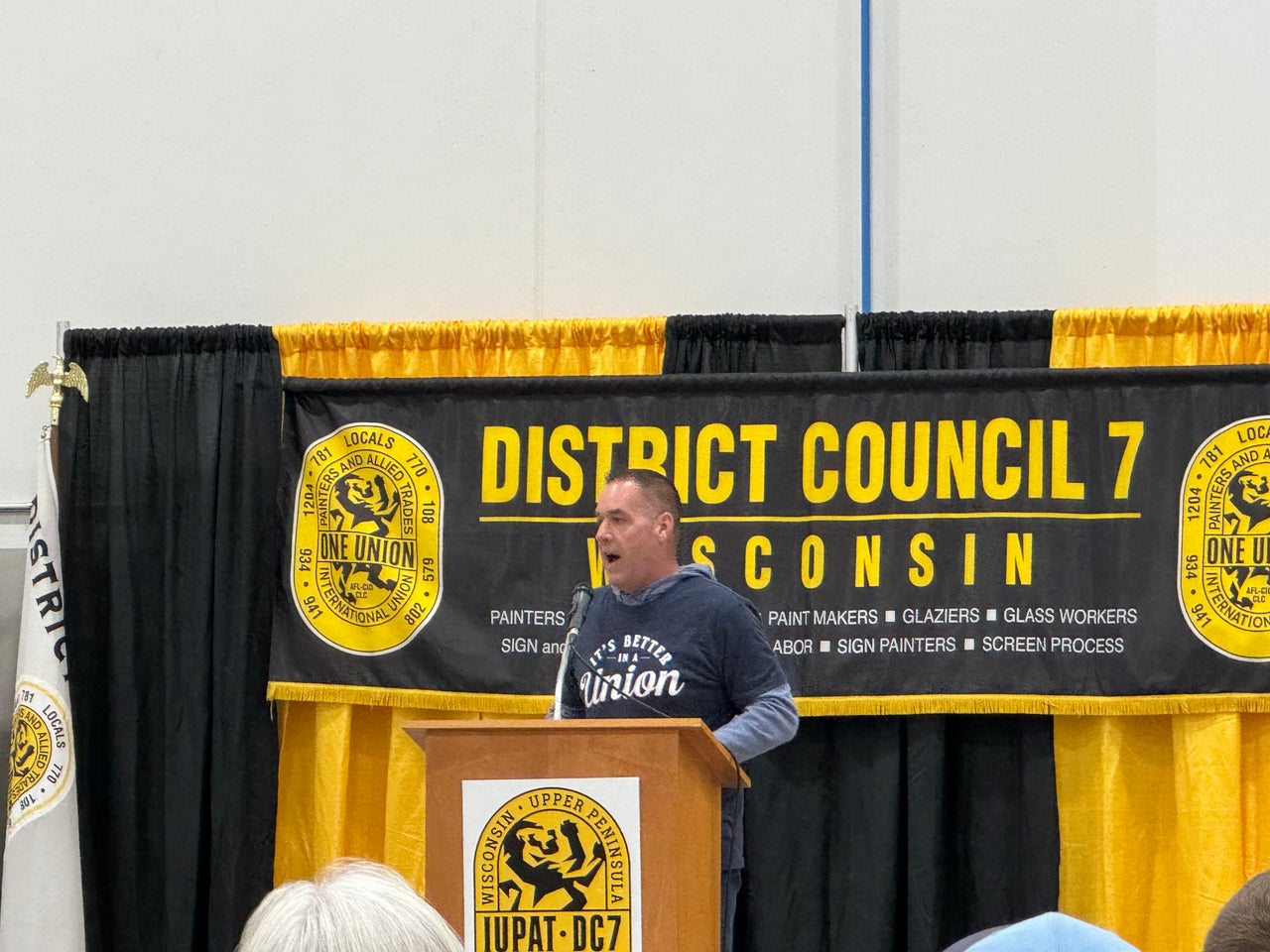
The heavily male, blue-collar labor unions working overtime to convince their more conservative members to vote for Harris understand that the gains they have made in the past four years, in terms of both dollars and political power, hang in the balance.
“The last four years, this union and all of our unions combined have had more influence over the federal government than at any other time in my lifetime,” Jimmy Williams, general president of the 120,000-member International Union of Painters and Allied Trades, said in an Oct. 19 speech in Big Bend, Wisconsin.
“We cannot go backwards!” he told the crowd of more than a hundred politically active union members from Wisconsin and neighboring Illinois who were set to knock on fellow members’ doors that day for the Harris campaign.
Williams shared how he makes his pitch for Harris: “You’re either going to be at the table or you’re going to be on the outside looking in. And for the last four years, we’ve been able to create policies that help our members.”
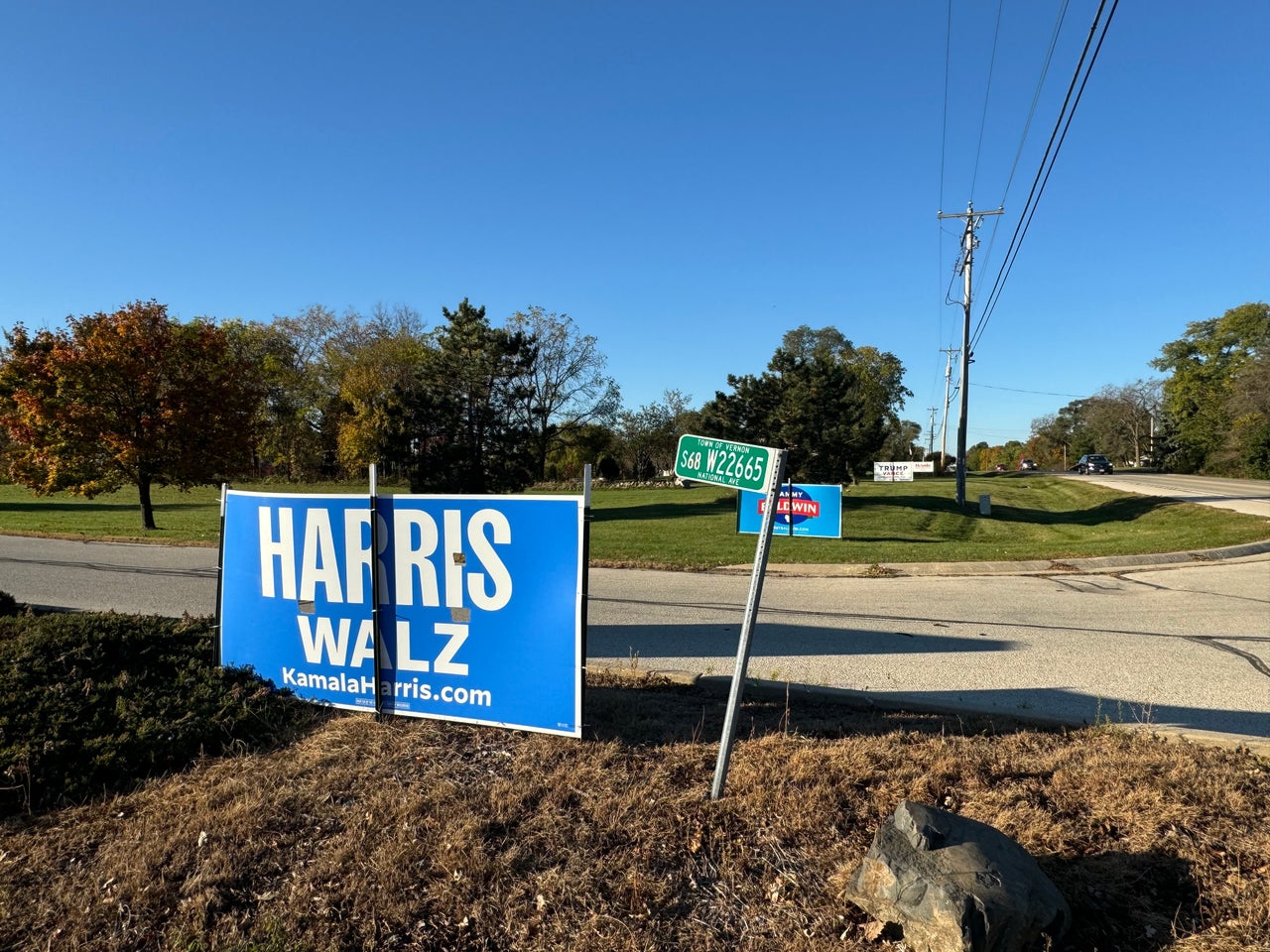
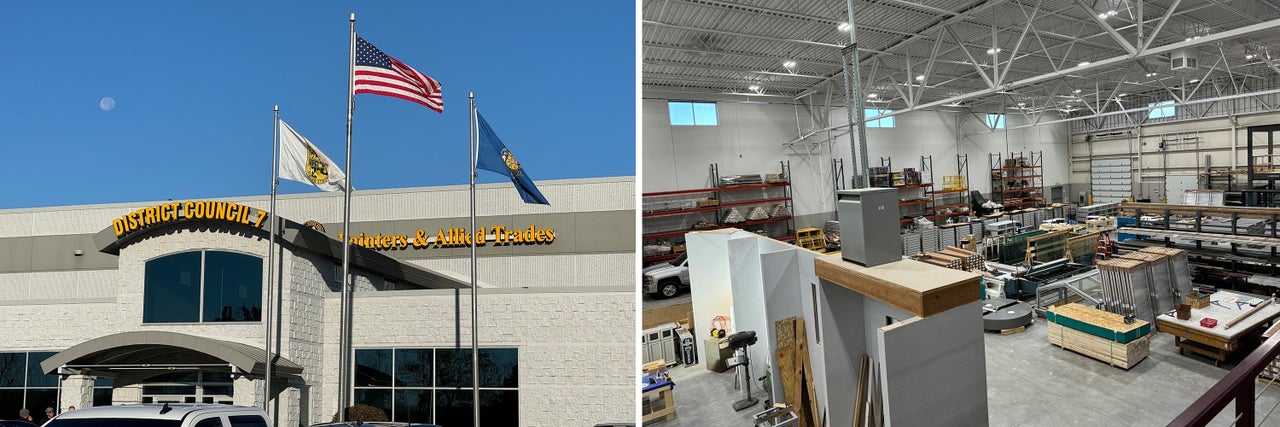
Williams, who also introduced Landrieu at the data center construction site on Monday, was visiting the IUPAT’s District Council 7 as part of a month-long tour of swing states. He’s been road-tripping in a van wrapped in the IUPAT’s black-and-yellow colors and decorated with its slogan: “One union, one family, one fight!”
District Council 7 has 2,000 members across Wisconsin and Michigan’s Upper Peninsula, including commercial and industrial painters, drywall finishers, glaziers, sign and display installers, and paint makers. The large Harris and Sen. Tammy Baldwin (D-Wis.) campaign signs at the entrance of the council office, which doubles as a massive training facility for trades apprentices, make the facility stick out alongside its neighbors. Visitors arriving at the union hall after descending I-43 from Milwaukee must pass a row of properties festooned with pro-Trump signs and flags before reaching this Democratic outpost.
Leaving from the union hall, Williams, a fourth-generation IUPAT member from outside Philadelphia, got in a van to knock on members’ doors in southwestern Waukesha County and northeastern Jefferson County. He recounted why he thinks many unions are so committed to Harris’ campaign, even as they struggle to get some of their rank-and-file members on board.
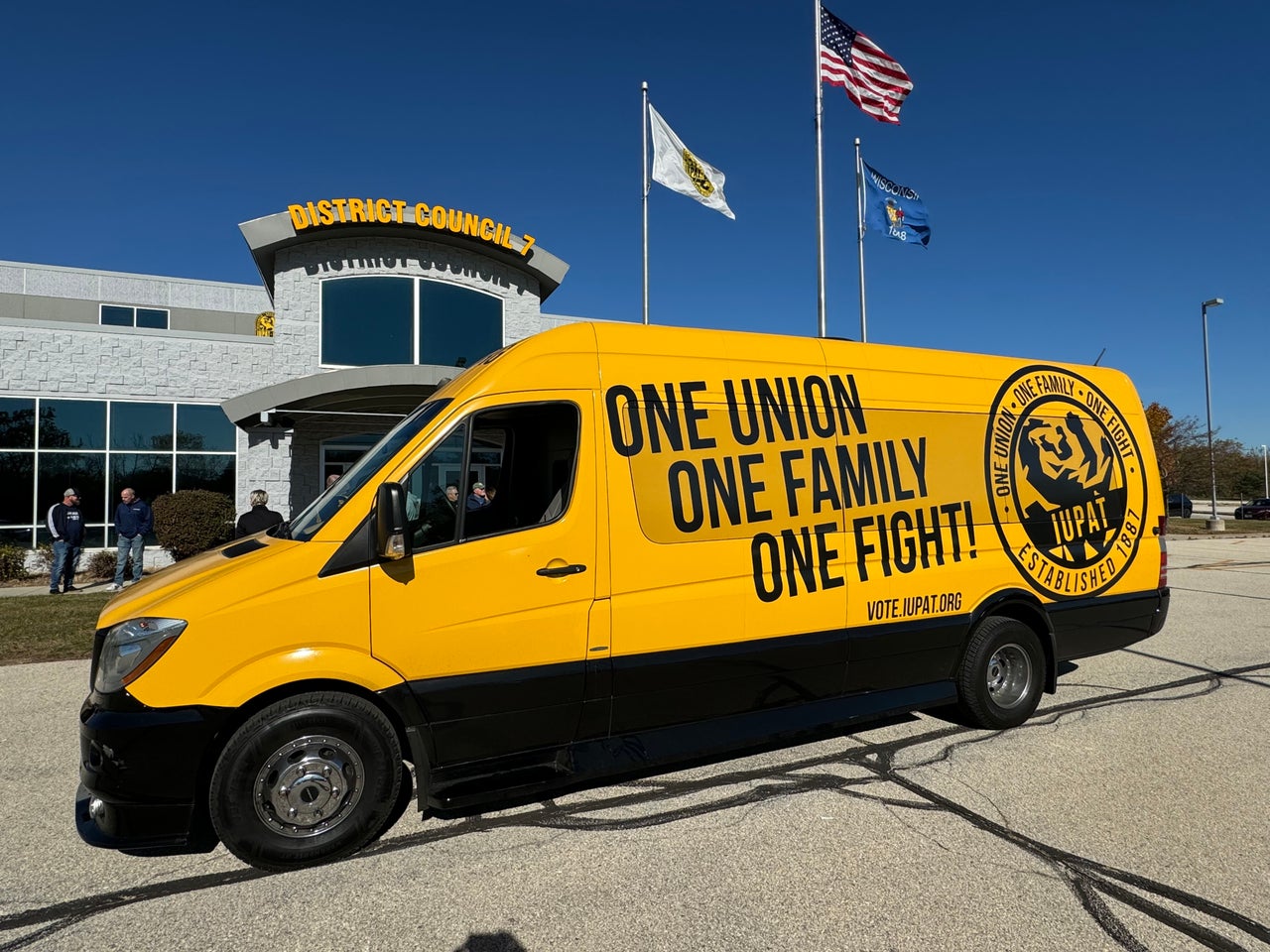
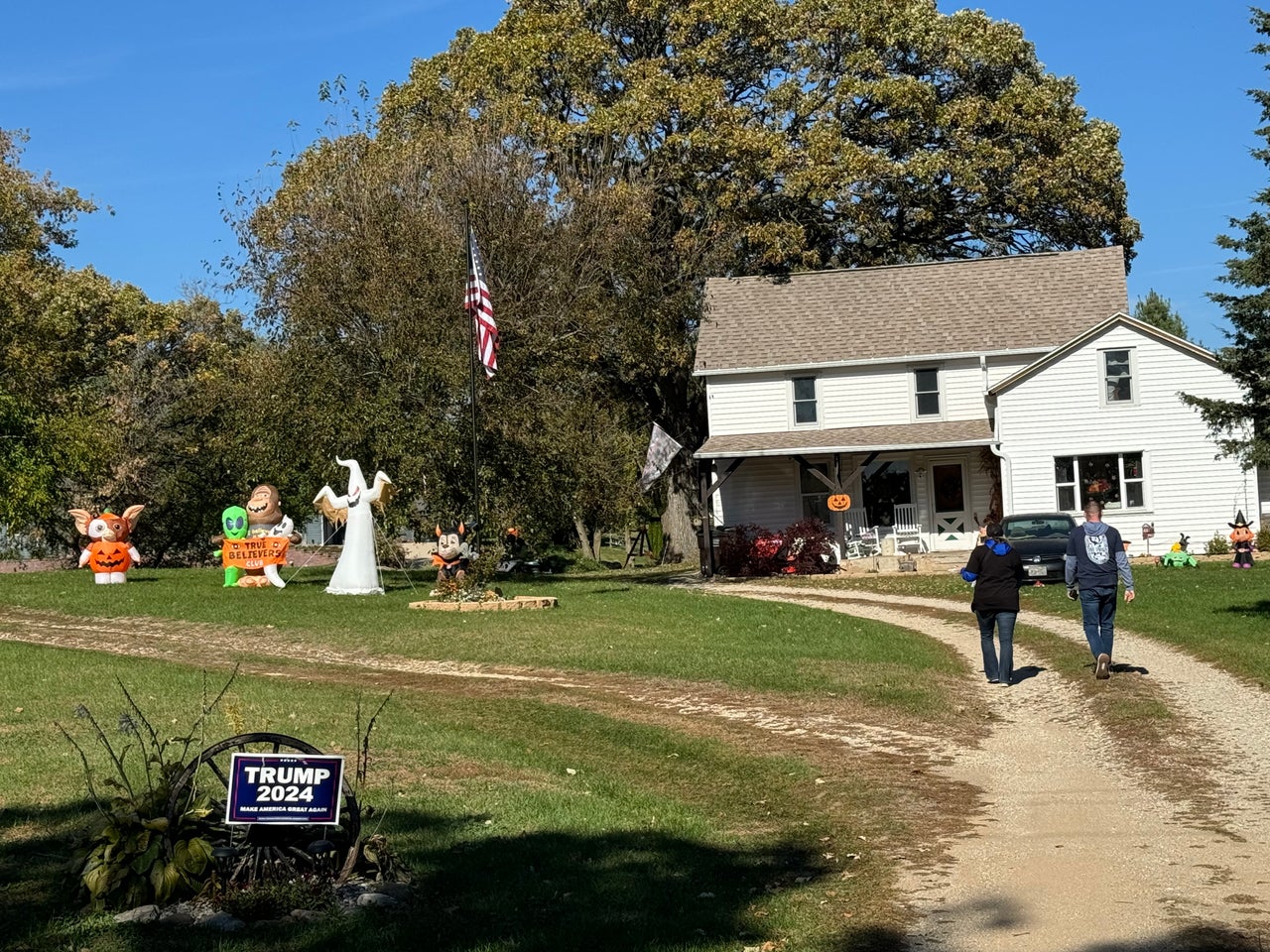
When Biden got into office, it finally felt like Democrats were returning to their pre-1980s roots as a firmly pro-labor party, according to Williams. Biden has shown solidarity with organized labor through his bully pulpit — he became the first president to walk a picket line when he joined striking United Auto Workers members in Michigan in Sept. 2023 — and through his picks for federal agencies.
He appointed Marty Walsh, a former building trades union leader, as his first secretary of labor. Jennifer Abruzzo, Biden’s appointee as general counsel to the National Labor Relations Board, has used new tools to punish union-busting employers and protect workers trying to organize. Under Abruzzo and the NLRB’s other pro-union officials, the success rate of union recognition elections has gone up significantly, prompting a historic surge in petitions for such elections.
Biden’s legislative priorities have been even more important to cementing his legacy as a champion of organized labor. He oversaw the inclusion of upwards of $65 billion into the American Rescue Plan Act to bail out the troubled pension funds of more than 1 million union members. Then he passed a series of union-friendly public investment bills — the bipartisan infrastructure law, the CHIPS and Science Act, and the Inflation Reduction Act — that spurred a union jobs bonanza, especially for the building trades.
The IUPAT alone has seen its membership grow by 3,500 people, bringing it to the highest level since before the 2008 financial crisis, when the union had 140,000 active members, according to Williams.
Backing Harris, who kicked off a national abortion rights tour at the DC 7 facility in January, was not a hard choice, Williams said.
Paying It Forward
The heavily male, blue-collar labor unions working overtime to convince their more conservative members to vote for Harris understand that the gains they have made in the past four years, in terms of both dollars and political power, hang in the balance.
“The last four years, this union and all of our unions combined have had more influence over the federal government than at
Source link


















